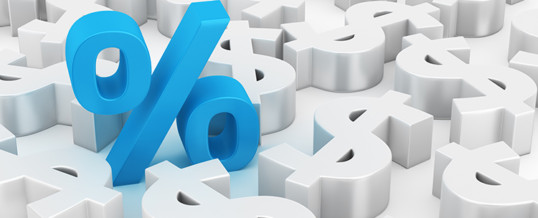Some Highlights:
- The National Association of Realtors surveyed their members & released the findings of their Profile of Home Staging.
- 62% of seller’s agents say that staging a home decreases the amount of time a home spends on the market.
- 50% of staged homes saw a 1-10% increase in dollar-value offers from buyers.
- 77% of buyer’s agents said staging made it easier for buyers to visualize the home as their own.
- The top rooms to stage in ...
JUL
2018

![Want to Sell Your House Faster? Don’t Forget to Stage! [INFOGRAPHIC]](https://altitude-re.com/wp-content/uploads/2018/07/20180713-STM-ENG-1046x808-e1531499614982-538x218.jpg)








